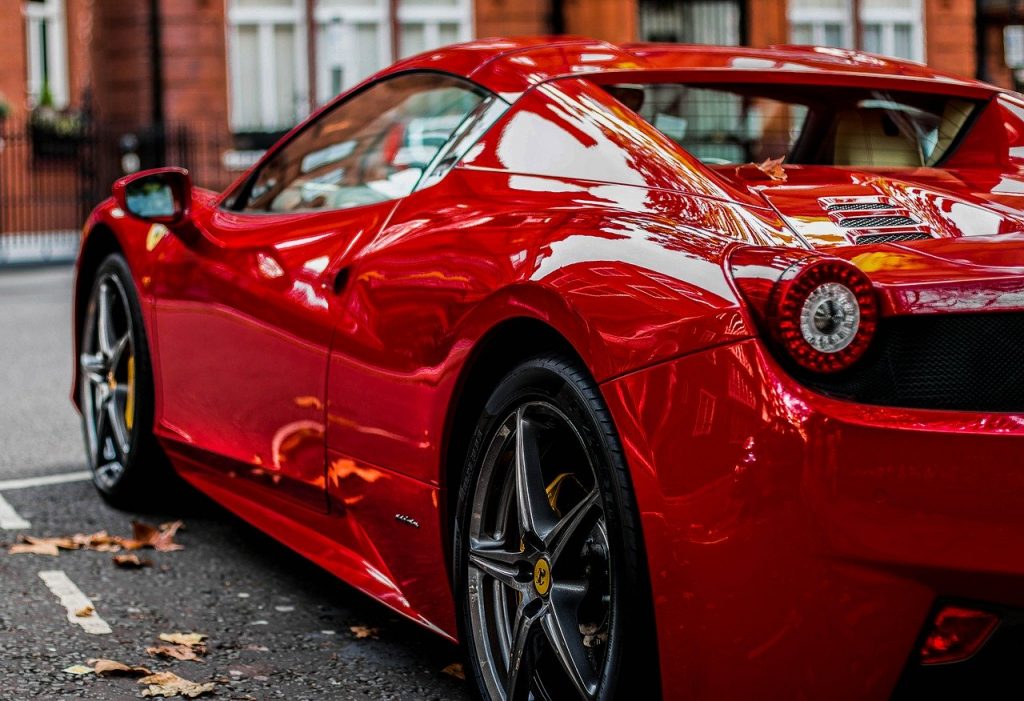Auto enthusiasts all over the world admire car window tints. It is in fact one of the most added car customization item in the world. Window tints are not only affordable, they also look beautiful and keep the inside of the car cool. If you are surprised to know these things, we have a few more auto glass tinting facts that might amaze you.
Auto Window Tinting Facts
If you are planning to get the windows of your car tinted, these facts might actually help you make a better decision. Or you can just read them to increase your knowledge on the subject. Without further ado, here are seven car window tinting facts that you probably don’t know.
The First of the First
The first window tints were introduced around World War II and managed to live throughout the 1960s. But we are guessing you probably knew that. What you might not have known is that these window tints were spray on. Created to mimic the factory manufactured auto glass tinting, they used a special aerosol solution to provide affordable means of window tinting. These spray on tints had a problem though. The results of these tints were extremely dark and blotchy.
Window Tint Films
By 1966, we saw the debut of window tint films. Although they were nothing like car window tinting, we have today, they were a step forward for their time. However, they were dye-based and faded into a strange shade of purple after exposure to extreme sunlight. Not to mention, it used to absorb heat which warmed up the cabin of the vehicle. The tint film also used bubble with regular exposure to heat.
Not All Window Tint Films Are Created the Same
All of the not the same. For example, if you want the tint to block out heat and keep the interior of the car cool, you need to opt for metallic tint films. But these films interfere with the radio signals and give you bad reception on your cellphone. Non-metallic films on the other hand do not deter the radio signals but are not good at reflecting heat either. They come in lighter shades which do not provide the required privacy as well. In the end, which one to get entirely depends upon your choice or specific need.
It Doesn’t Let the Window Glass Spread All Over in Case of an Accident
Vehicles today, come with tempered glass. This type of glass is designed to shatter in case of an accident. This presents a danger for the passengers in the car as the glass pieces fly around. But the auto glass tinting films, if installed, let the glass shatter but prevents it from spreading by holding on to the pieces. This is also useful in keeping unwanted people out in case they try to break in by shattering the window.
There Are Different Car Window Tinting Rules in Different States
Different states have different laws regarding the legally allowed visibility of the tinted window. It is measured through visible light transmission levels or more commonly known as VLT levels. Lower VLT percentage means the tint film is darker while higher VLT percentage reflects the exact opposite. Almost all state websites mention the acceptable VLT levels there. So, if you are planning to visit a professional window tinting company for your car, you can look up the needed VLT levels beforehand.
Officers Can Measure Your Window Tint Percentage on the Spot
If you are planning to act smart by getting darker car window tints installed, you should know that officers are armed with gadgets that enable them to measure VLT percentage of car windows. But without this gadget, it is almost impossible to charge someone with window tint violation.
Auto Glass Tinting is Banned in Many Countries Around the World
Yes, as strange as it may sound, it is true. What’s stranger is that some countries in the world also make it mandatory for manufacturers to produce cars with a predetermined car window tint VLT levels. But it is something that cannot be argued over as there are a lot of strange laws prevailing in many countries.
So, which of these car window tinting springfield facts did you find unusual or which one surprised you? Are there any you already knew or is there one or two that we don’t know? Share your thoughts on car window tints with us in the comments below.



